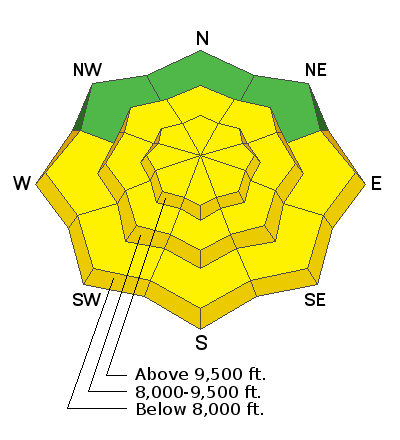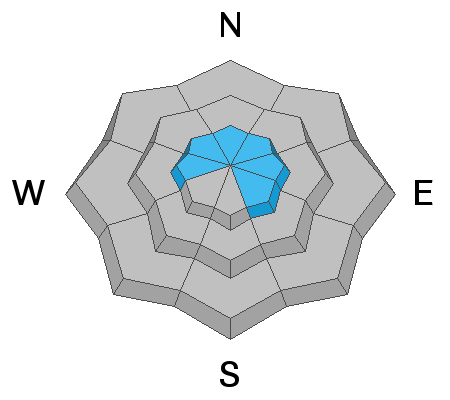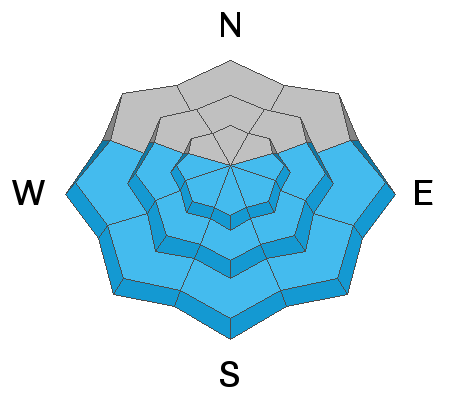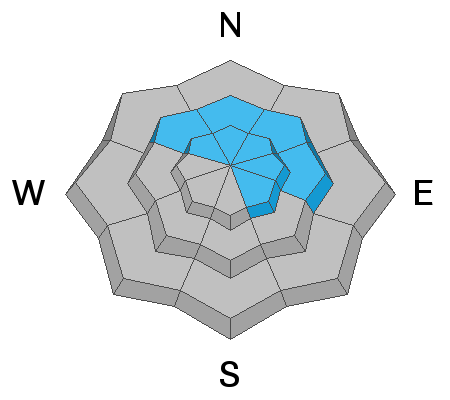Forecast for the Salt Lake Area Mountains

Issued by Drew Hardesty on
Tuesday morning, February 12, 2019
Tuesday morning, February 12, 2019
The avalanche danger will rise toward the upper end of MODERATE on wind drifted slopes at upper elevations and lower, mid and upper elevation slopes facing the southern half of the compass. Human triggered avalanches are possible.
- New and old wind drifts can be triggered on all steep upper elevation slopes.
- Keep an eye on solar aspects with daytime heating.
- Avoid being on and below heavily corniced ridgelines.
- There remains the isolated chance of triggering a deeper avalanche, especially in shallow snowpack areas.
The best and safest riding conditions exist on low angle wind and sun sheltered terrain.

Low
Moderate
Considerable
High
Extreme
Learn how to read the forecast here









